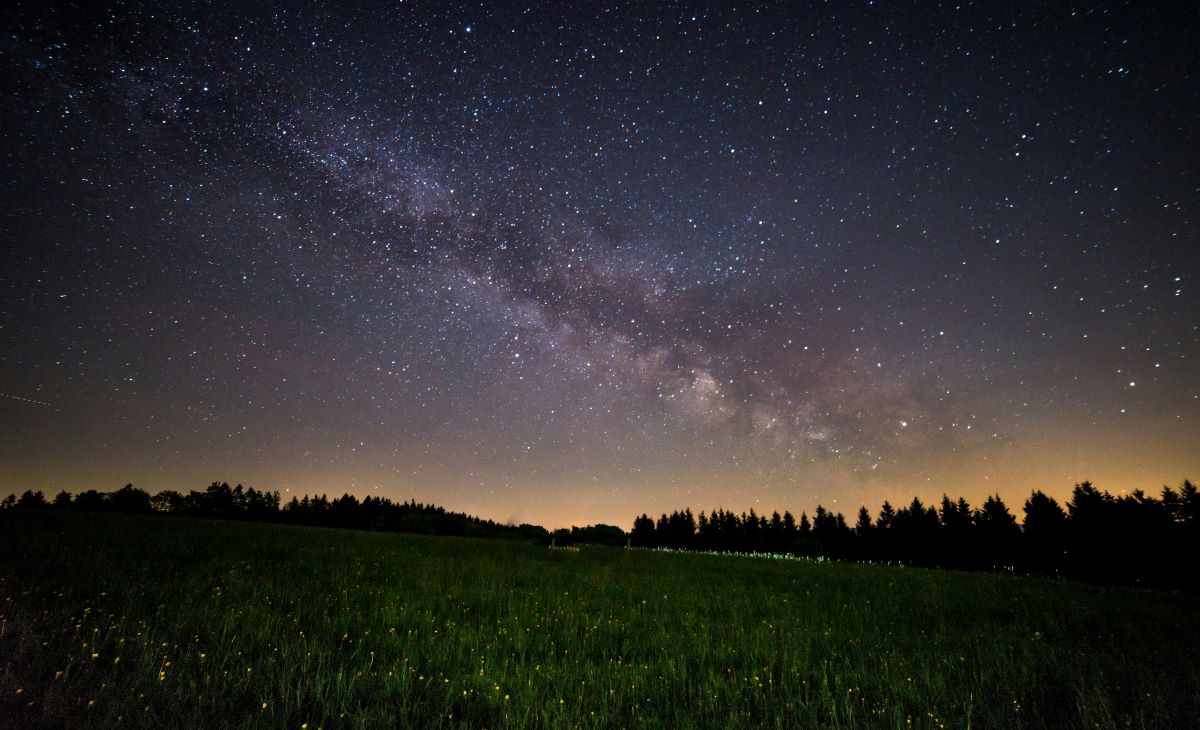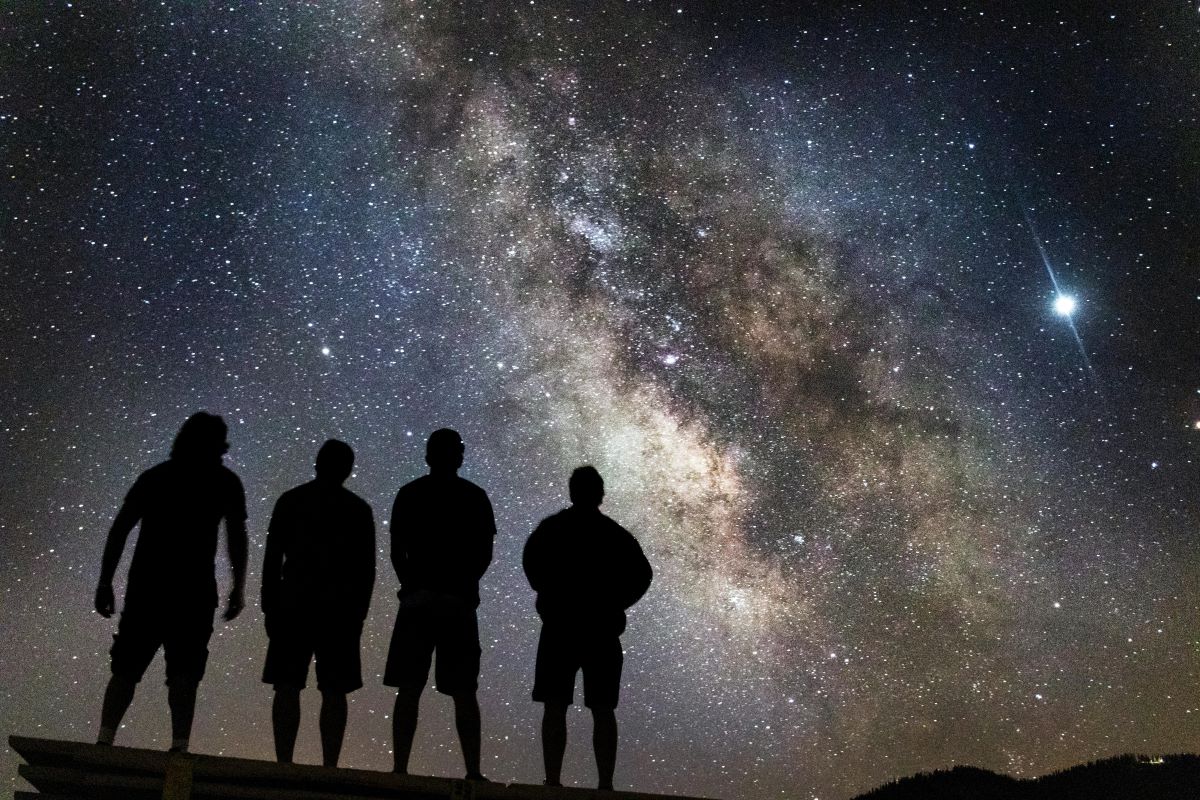
Pexels
As well as being the namesake of a delicious candy bar, the Milky Way is a huge spiral galaxy stretching somewhere between 100,000 and 180,000 light years in diameter.
And nestled around 26,000 light years from the Milky Way’s centre, sits our Solar System, on an arm of the spiral known as the Orion Arm.
Then, situated within our own little solar system, is our home planet, Earth – miniscule by comparison.
Which makes us as individuals, living our little lives on the planetary surface, seem pretty insignificant really.
Alas, if you are ready to marvel at the mesmerising vastness of our galaxy, you’re in the right place at the right time.


Pexels
That’s because the present month, June, is known as Milky Way Core Season.
As the name suggests, this is the best time of year to see the Milky Way in all its glory, as NASA’s Jet Propulsion Laboratory (JPL) explain in an update:
“June means that Milky Way “Core Season” is here. This is the time of year when the Milky Way is visible as a faint band of hazy light arching across the sky all night.”
That’s because in our summer, the Earth is pointed in such a way that we’re looking toward the galactic centre, as NASA’s JPL team continue:
“What you’re looking at is the bright central core of our home galaxy, seen edge-on, from our position within the galaxy’s disk.”
In the winter, on the other hand, we’re angled more toward the Milky Way’s outer edges – so while the sky might still look beautiful at night, it’s not as spectacular as in the months June through August.


Pexels
So how do you see it? Well for some of us it’s easier than others. That’s because you need to be away from all sources of light pollution, ideally with a wide view of the sky.
If you have photography or telescopic equipment, even better; as the JPL team explain, this can help you see the Milky way in all its glory:
“You just need to be under dark skies away from bright city lights to see it.
Long-exposure photos make the Milky Way’s bright stars and dark dust clouds even clearer. And while our eyes see it in visible light, NASA telescopes observe the galaxy across the spectrum — peering through dust to help us better understand our origins.”
So whether you’re an avid space enthusiast or a casual star watcher, why not make the most of the summer nights and marvel at our galactic home with a friend?
The spectacle will be well worth it.
Thought that was fascinating? Here’s another story you might like: Why You’ll Never See A Great White Shark In An Aquarium